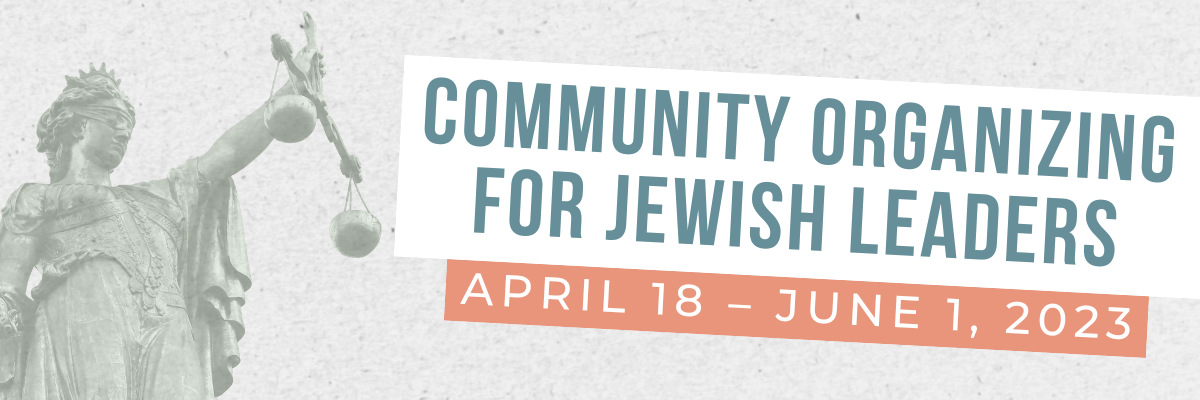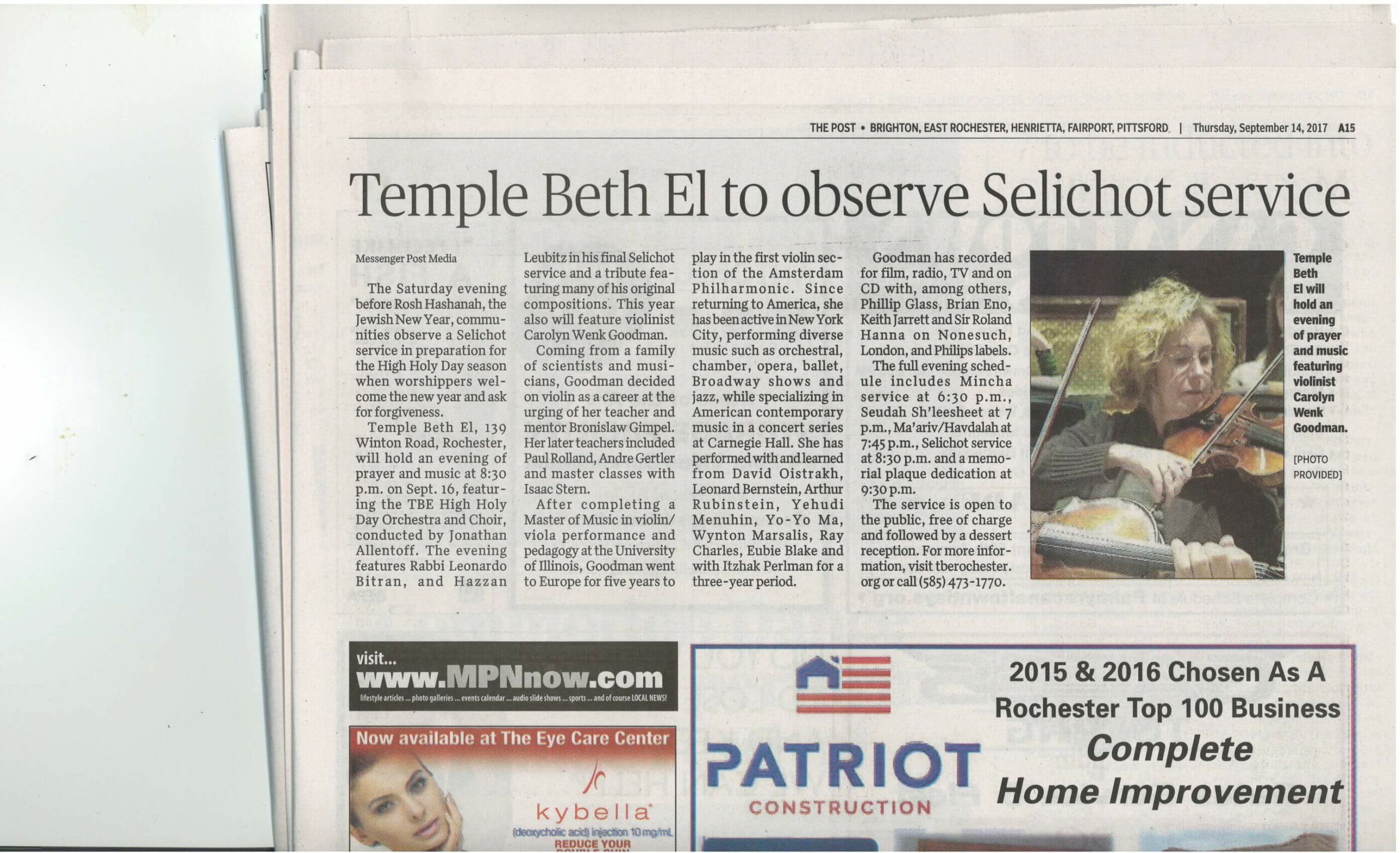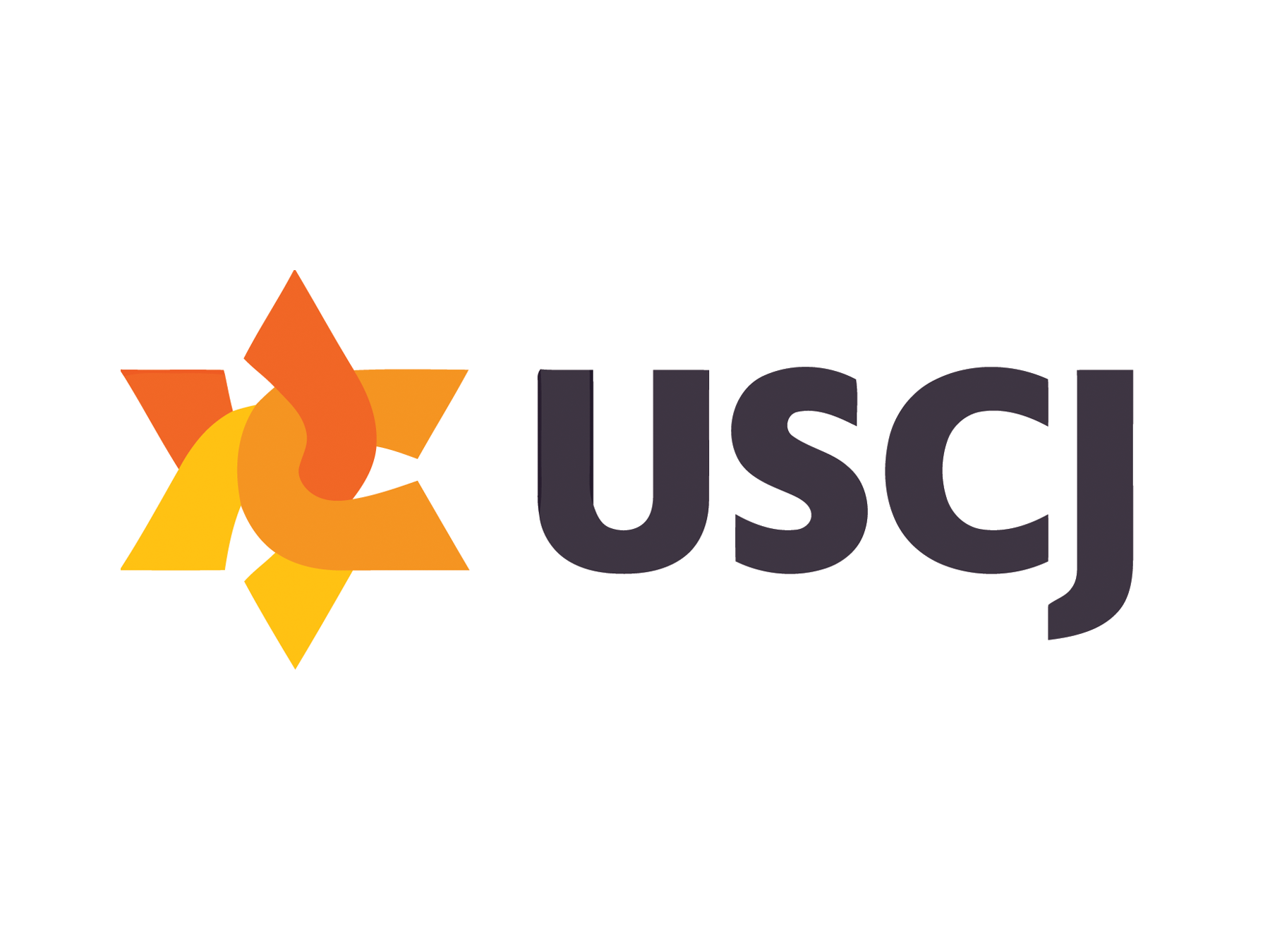Several months ago, I was asked to speak briefly during a Shabbat morning service at a USCJ retreat for congregational presidents. I chose to speak about the phrase chadesh yameinu k’kedem from the liturgy for returning the Torah to the ark.
If you think about it, it’s truly an odd phrase. I might translate it as “make our days new, like in the old days.” At the conclusion of what is arguably the main act of the service, we sing together as one, asking God to renew our days as in days of old. What on earth does that mean? Are we asking to move forward? To go backward? Is this about nostalgia?
Here is how I understand this perplexing phrase: Help us to recapture and rediscover the joy, the energy, and the excitement of our traditions, prayers, and rituals. Help us to use our ancient and ever-evolving tradition to innovate and create for the future. And help us to begin to use our understanding of traditional methods of governance and organizational structure to begin to discover new models.
One of the wonderful things about the Hebrew language is the concept of the three letter root, which enables us to see the connection between words.
The word KEDEM (KDM) meaning “what came before” is clearly related to the word KADIMAH meaning “forward.” So, it appears that even our language is telling us that what came before helps us to move forward.
For me, this idea, embodied in the phrase chadesh yameinu k’kedem, is the beauty of Conservative Judaism, and what makes our Movement both authentic and dynamic.



